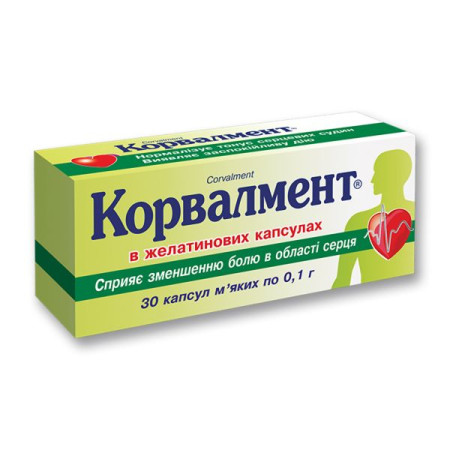Glibenclamide tablets 5 mg No. 30

Pharmacological properties
Oral hypoglycemic agent. The hypoglycemic effect after taking the drug orally lasts 8-12 hours; the maximum concentration of glibenclamide in the blood plasma is reached after 1-2 hours. Glibenclamide has a stimulating effect on β-cells of the pancreatic islet apparatus, which is accompanied by increased secretion of endogenous insulin. The mechanism of this effect is due to the antagonism of glibenclamide as a sulfonylurea derivative with potassium channels of β-cells, which leads to a decrease in the release of potassium into the extracellular space and stimulation of insulin release. Glibenclamide has a certain angioprotective activity. In addition to the hypoglycemic effect, it exhibits a hypocholesterolemic effect and reduces the thrombogenic properties of the blood. Glibenclamide is low-toxic.
Indication
Mild to moderate non-insulin-dependent diabetes mellitus in adults not controlled by diet.
Application
The dose is set individually, taking into account the course of the disease and the effectiveness of therapy. Usually prescribed in an initial dose of 5 mg/day during breakfast, elderly and weakened patients - 2.5 mg/day (1/2 tablet). When normalizing the level of glucose in the blood serum, a maintenance dose is used, usually 5-7.5 mg/day. If compensation for carbohydrate metabolism disorders does not occur, the dose is increased by 2.5-5 mg per week.
If the use of Glibamide at a dose of 15 mg and an appropriate diet does not provide complete compensation for metabolic disorders, you should switch to combined therapy with Glibamide with biguanides, and if the effect of such a combination is insufficient, to the use of insulin.
Contraindication
Precoma and coma, ketoacidosis, impaired liver and kidney function, pregnancy and breastfeeding, childhood and adolescence, changes in blood composition (leukopenia, thrombocytopenia), acute infectious diseases, severe surgical interventions, hypersensitivity to sulfonamide drugs.
Side effects
Possible severe hypoglycemia, nausea, heartburn, jaundice (rarely), urticaria, itching, erythema, crust-like or maculopapular rash, photosensitivity, cutaneous porphyria, thrombocytopenia, leukopenia, agranulocytosis, hemolytic anemia, aplastic anemia, hepatic porphyria, headache, tinnitus, fatigue, malaise, weakness, dizziness.
Interactions
The metabolism of glibenclamide is slowed down by phenylbutazone, ethionamide, salicylates, antibacterial agents of the sulfonamide group, indirect anticoagulants, tetracycline, chloramphenicol, cyclophosphamide; in this case, the hypoglycemic effect is enhanced, which can cause hypoglycemia. During treatment with glibenclamide, alcohol consumption is contraindicated (slows down the oxidation of acetaldehyde).
Storage conditions
In a dry place, protected from light.
There are no reviews for this product.
There are no reviews for this product, be the first to leave your review.
No questions about this product, be the first and ask your question.






